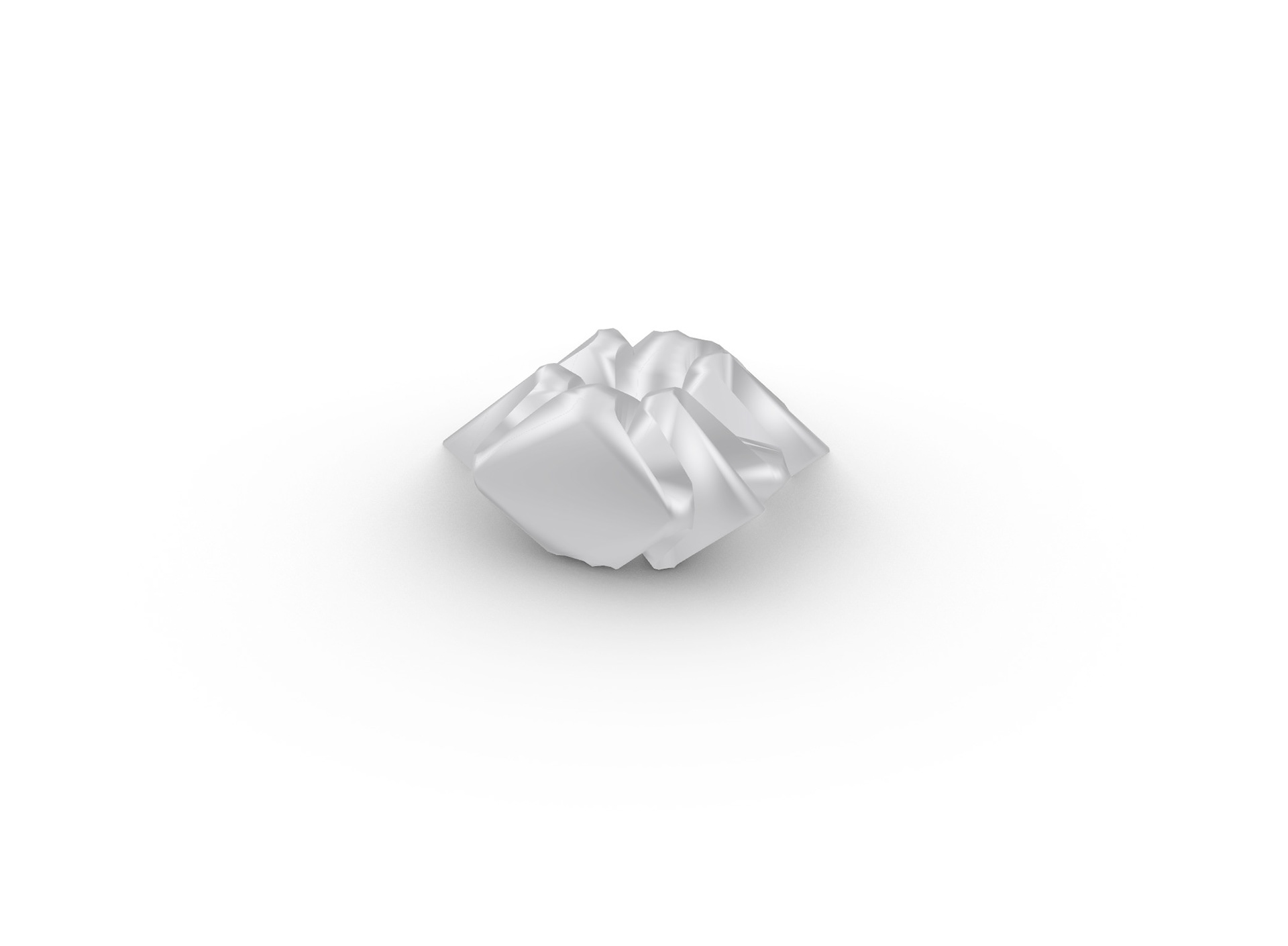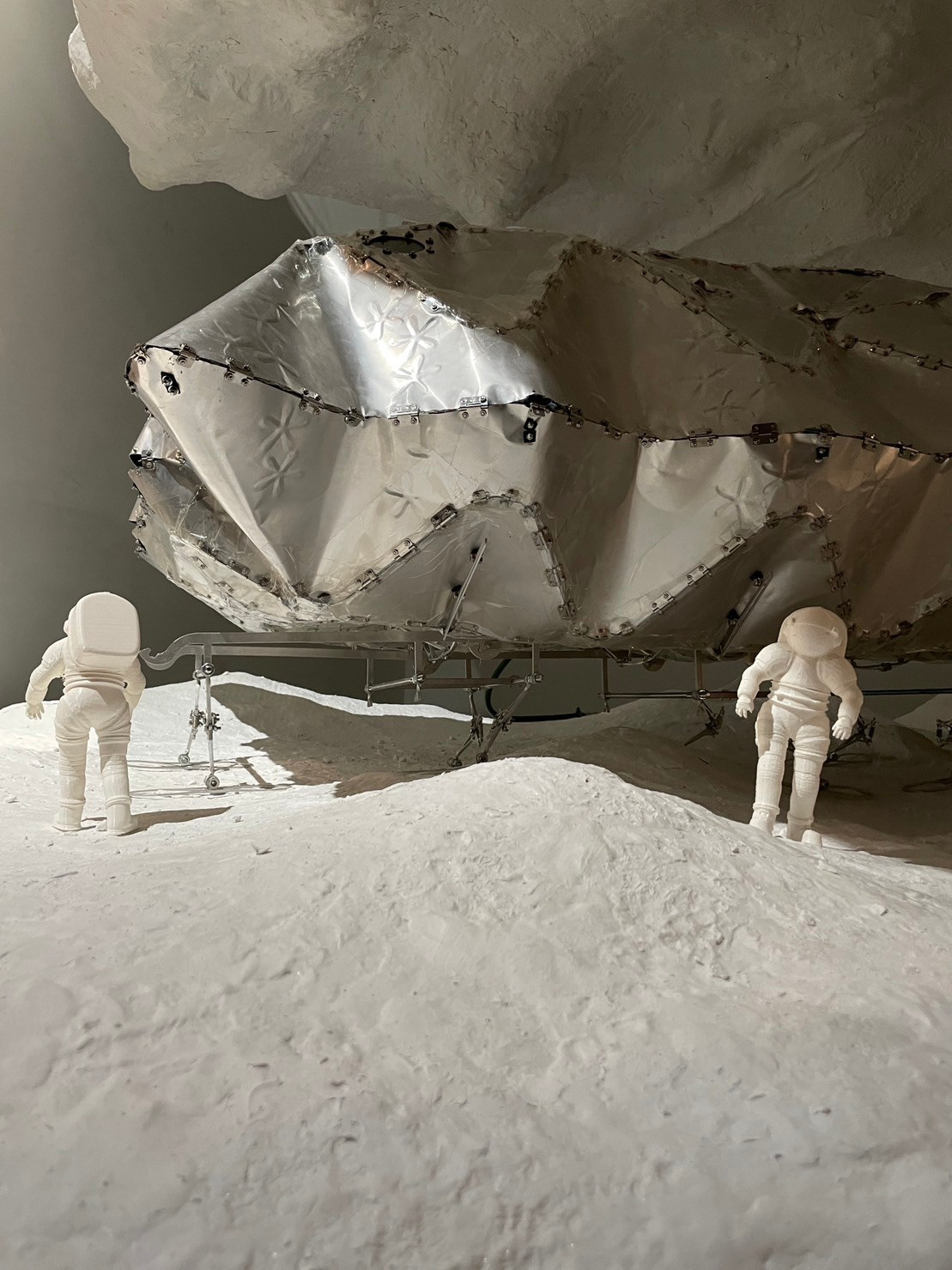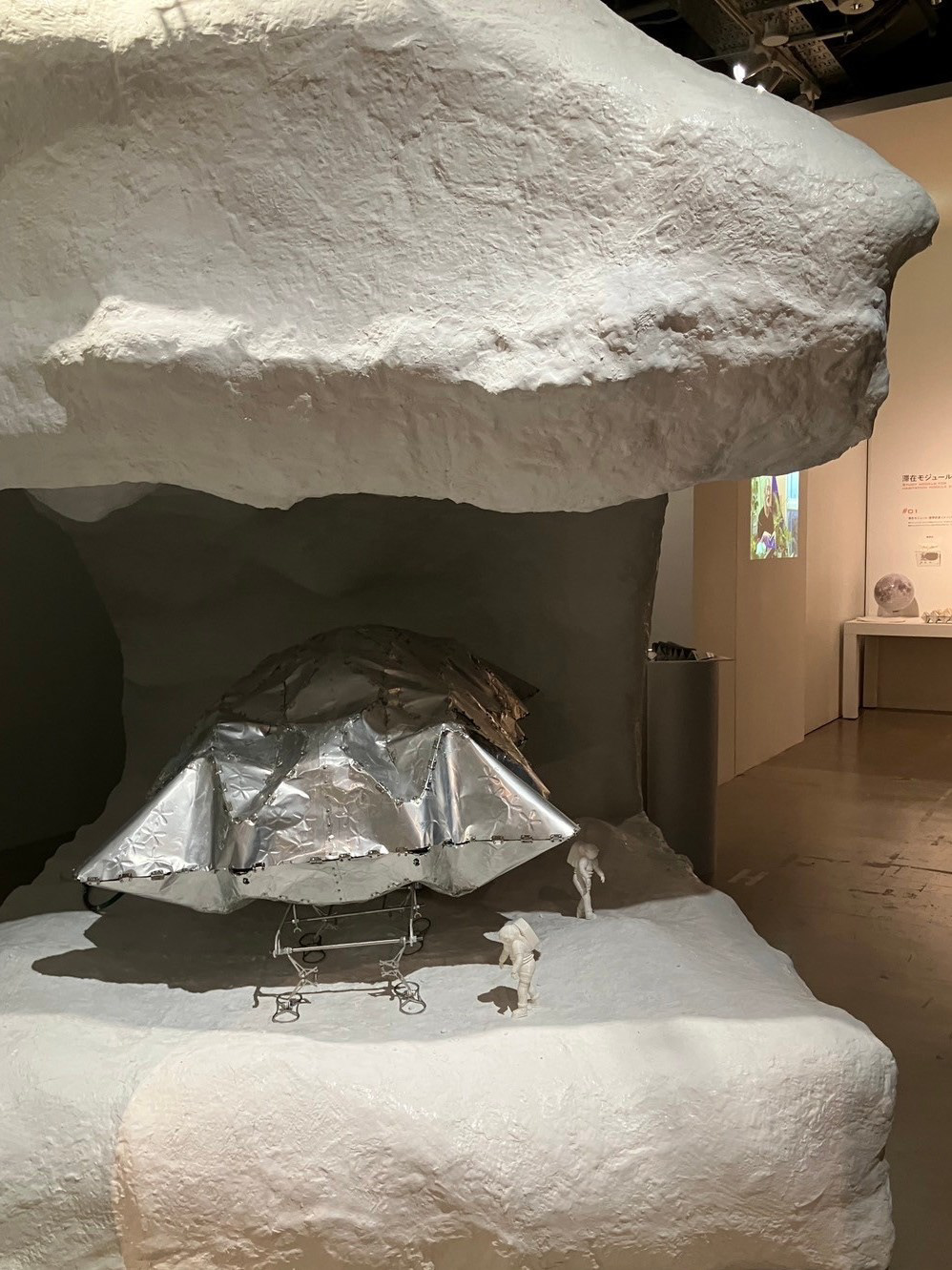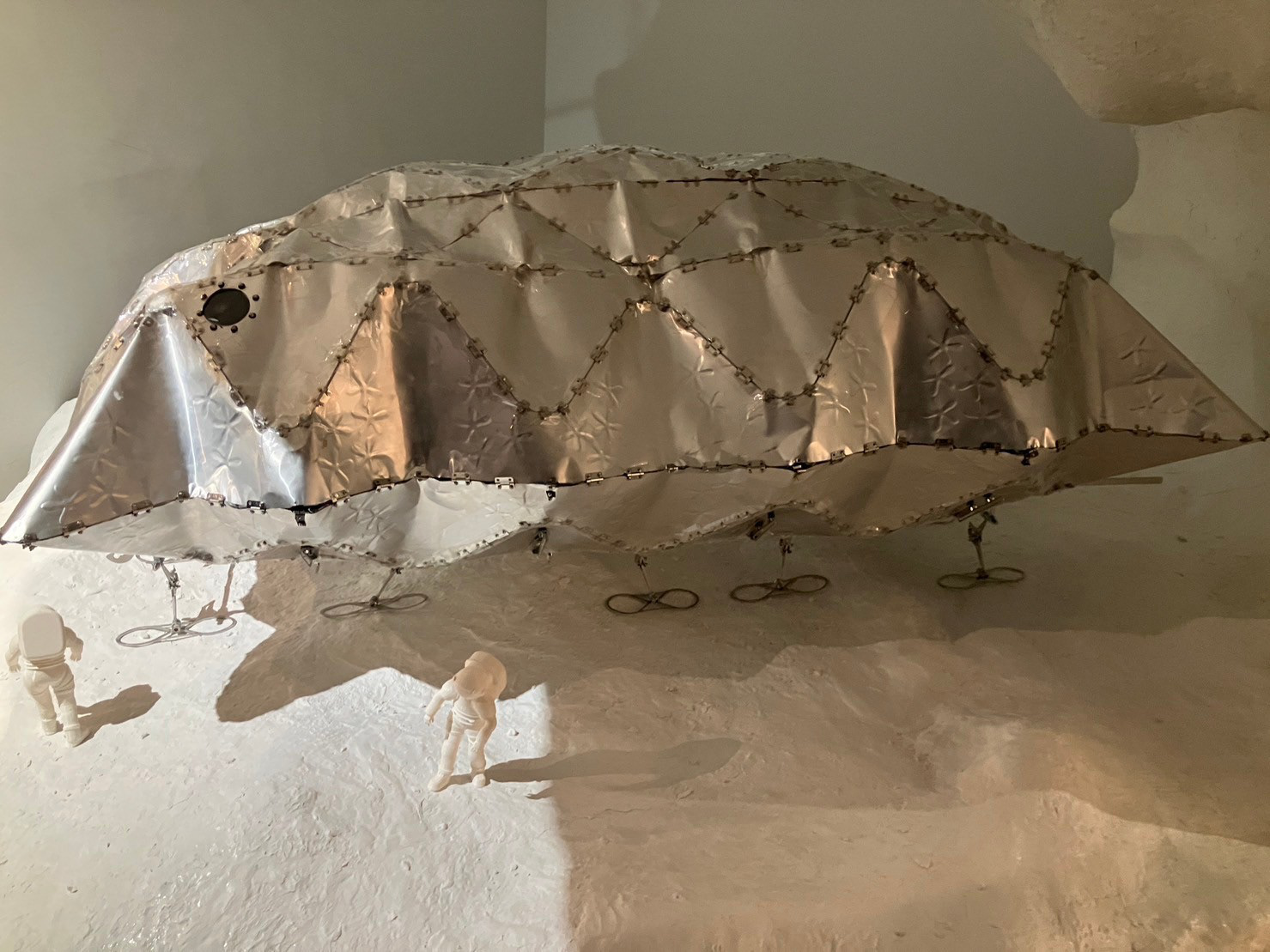Hirotaka UJIOKA, Kenta ISEBO, Sakura KAZAOUI, Jun SATO
Proceedings of the IASS 2022 Symposium affiliated with APCS 2022 conference
Innovation - Sustainability - Legacy
19 – 22 September 2022, Beijing, China
Innovation - Sustainability - Legacy
19 – 22 September 2022, Beijing, China
Non-rigid-foldable structures, such as closed polyhedra, could potentially offer more versatile usage than the rigid-foldable ones. Specific non-rigid-foldable structures require snap-through phenomena for their expanding and folding performance. Snap-through type deployable structures (snapping structures) are multi-stable. They lock in place after deployment and their expanded form achieves state equilibrium. Conventional design approach utilizes smooth flat plates. In this paper, we found that we can induce the snap-through behavior of deployable structures by embossing patterns on metal sheets that we call “dimples" on the panels. Conducting structural analysis of snapping-structures, there are two domain buckling modes -snap-through mode and Euler’s buckling-like bifurcation mode. In the case of increase of size of the structure and decrease of panels thickness, the bifurcation buckling mode tends to become dominant. Snap-through mode is mainly dependent on in-plane stiffness of panels, which decreases with introduction of dimples, while bifurcation mode is mainly dependent on bending stiffness of panels, which increases due to the dimples. As a result, the effect of the dimples makes snap-through behavior dominant buckling mode. This means that dimples have the effect of inducing snap-through behavior. It is expected that the results of this research will be applied to the design of large-scale snap-through type deployable structures consisting of lightweight panels.
Snapping Structures - Lunar / Mars Base Camp Project
Example of snapping structures (design proposal of Lunar / Mars Base Camp) - the deployment process

folded state

developed state
Example of snapping structures with smooth-folding (design proposal of Lunar / Mars Base Camp)
Scale Effect of Structure on Snap-through Behavior
Two buckling modes are observed in the snapping structure: snap-through mode and Euler’s buckling-like bifurcation mode. To examine the effects of structural scale and member cross section on buckling behavior, a three-hinges truss is first considered.
As seen in this graph, as the size of the structure increases at the same ratio (l and h) and the panels become thinner (t), the Euler’s buckling mode tends to become dominant. This is since the Euler’s buckling load is proportional to the cube of t and inversely proportional to the scale of l and h, while the snap-through buckling load is proportional to the t and independent to the scale.
In the case of increase of size of the structure and decrease of panels thickness, the bifurcation buckling mode tends to become dominant. This trend precludes the realization of architectural-scale deployment structures.
Structural Behavior of Dimpled Panels
The relationship between panels’ stiffness and dimple patterns was investigated. The ratio of the initial stiffness to the stiffness of the flat plate was plotted. It shows that the in-plane stiffness and bending stiffness are nearly inversely related by dimples. Dimples that increase bending stiffness also have the effect of reducing in-plane stiffness, indicating that they are more likely to induce snap-through buckling.
Buckling Analysis
Experiment
Experiment models of triangulated cylindrer origami known as a bi-stable polyhedro
Experimet - (i)load controlled and (ii)defomation controlled
Load-deformation curves (load controlled)
In the load-controlled test for the specimens made with flat panels, the panels buckled out-of-plane and collapsed without reaching the folded state. On the other hand, the dimpled panels reached the folded state with snap-through.
Load-deformation curves (deformation controlled)
The displacement-control test was performed to estimate equilibrium path. The main path with snap-through and the bifurcation path were estimated from the test, and it can be inferred that the load of the main path with snap-through is reduced and the load of bifurcation buckling path is increased by applying dimples.
This research is a part of cooperative research project with JAXA's Space Exploration Innovation Hub -"Quick set up Base Camp composed of simultaneously deployable surface and floor containing Greenhab". We would like to thank Kaito Yamasaki, Kanako Saruta and Ayumi Sakamoto for conducting physical experiment. In writing this paper, Yuta Shimoda gave us a lot of important advice.
This research is currently being advanced in Jun Sato's lab for application to the Lunar / Mars Base Camp project.

Exhibition at WHAT MUSEUM(2023)

Exhibition at WHAT MUSEUM(2023)
